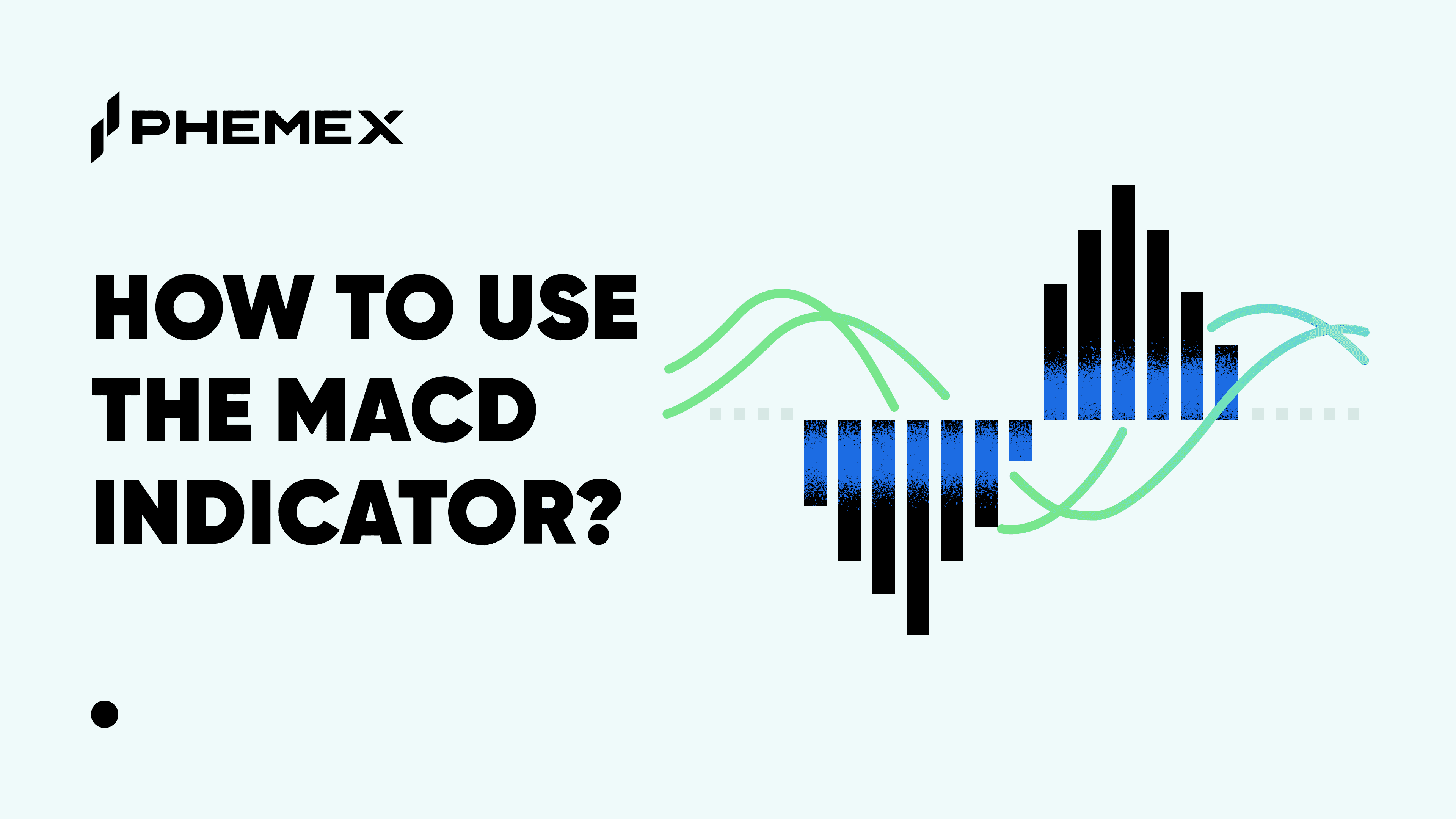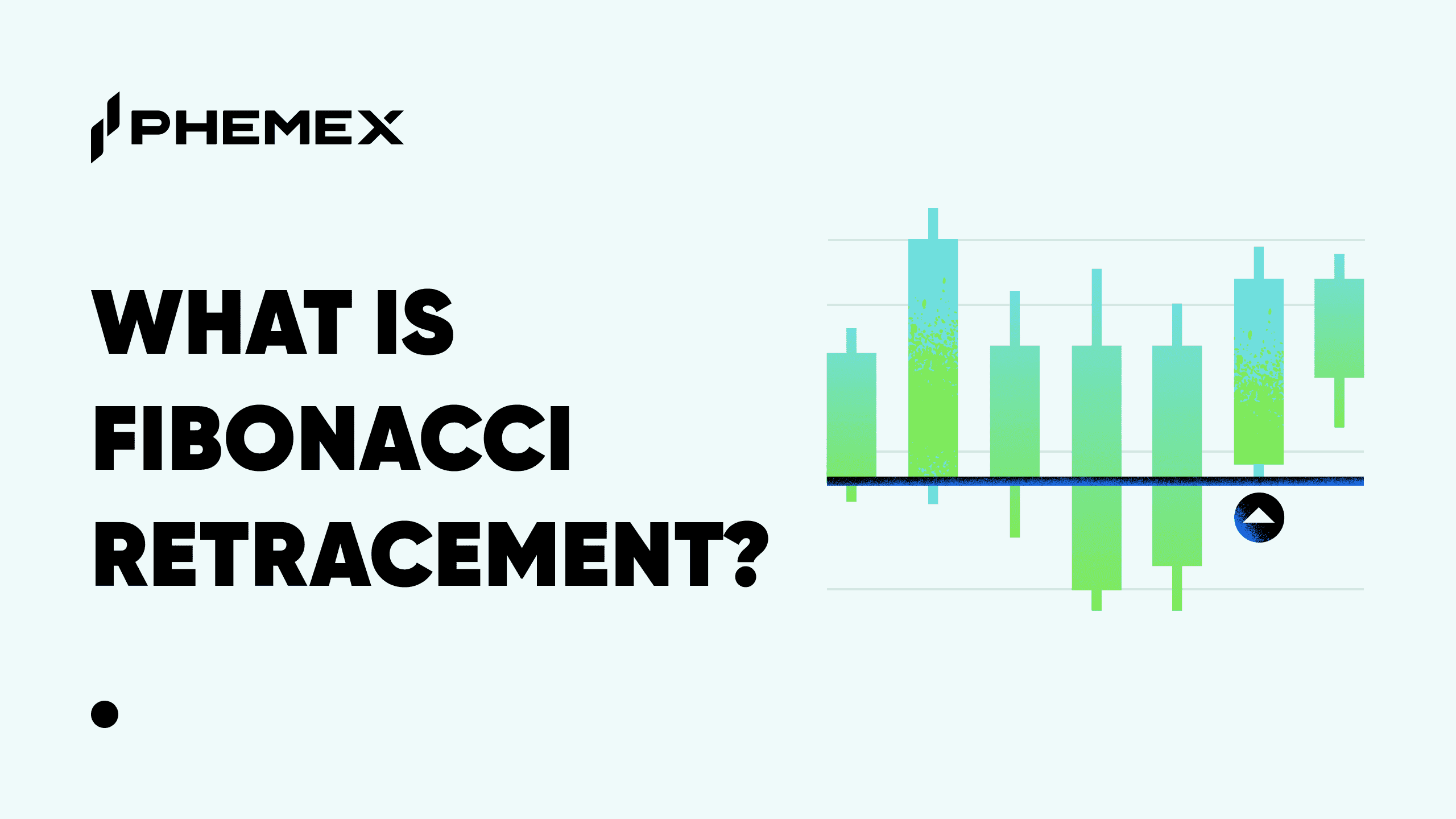Summary:
- Supply zones are resistance levels where traders place sell orders to take profit, and demand zones are support levels where traders place buy orders to accumulate crypto.
- Supply and demand are economic principles that drive the financial markets. Supply is the amount being sold and demand is the amount being bought.
- Trading supply and demand zones can be enhanced using technical indicators such as Pivot Points (PP) which show core resistance and support levels, which are similar to the supply and demand zones.

Supply and demand are one of the four principles of economics. If we buy something, we create demand for it. If we sell something, we create a supply for it.
The mechanics of supply and demand are driven by trading psychology. If we understand these concepts, we can understand how the crypto market moves.
The problem with technical indicators is that they don’t focus on key areas where traders buy or sell crypto. If we want to trade Bitcoin (BTC) effectively, we need to identify areas where the price can appreciate or depreciate.
An effective method to identify key areas is to use supply and demand zones. Supply and demand trading is about buying near demand zones when prices are low and selling near supply zones when prices are high. This is similar to the “Buy low, sell high” method.
This guide will break down the concept of a supply demand zone, how to find supply and demand zones, and the supply and demand trading strategy.
What Are Supply and Demand Zones?
Supply and demand zones are areas where traders buy and sell crypto. The supply and demand zones are similar to physical barriers that dictate the price action of crypto.
Traders are taught to buy low and sell high, which means there are areas we can identify psychological levels where traders are most likely to buy and sell, and place our trades accordingly. Trading based on supply and demand is about finding these zones and then acting on this information.
These zones are directly correlated to support and resistance levels. At a support level, traders buy because they assume the price is low. At a resistance level, traders sell because they assume the price is high.
Let’s say the price of Bitcoin is $35,000. In this scenario, a demand zone might be below the spot price at $33,000-34,000 and a supply zone might be above the spot price at $35,000-36,000. We could place limit buy orders at the demand zone and sell orders at the supply zone.
The price action is dynamic which means we’ll never accurately predict the exact borders for these zones. The price might exceed the supply price and it might also fall below the demand price. However, in most cases, these zones will hold.
Institutional investors in crypto place trades based on these zones by analyzing market activity based on the order book. If more traders have placed automatic buy trades at a certain level, we can identify that as a demand zone and vice versa.
What Is A Supply Zone?
A supply zone is a resistance area where traders sell. The supply zone is higher than the current spot price and is the area where take-profit orders are often set.
When the price of Bitcoin reaches the supply area, the price meets resistance, and unless the buy pressure supersedes the sell pressure, the price collapses.
Here’s an example of a supply zone on the Bitcoin chart:

Supply zone on the Bitcoin 1-hour chart.
When Bitcoin reaches $20,000 in the supply zone, we can see how the price breaks down because traders place sell orders.
What Is A Demand Zone?
A demand zone is a support area where traders buy. This is often lower than the current spot price and can be near a psychological level such as $15,000, $20,000, or more.
Institutional supply and demand zones are often placed at flat numbers, and the price usually moves up or down depending on the trend.
Here’s an example of a demand zone:

Demand zone on the Bitcoin 1 hour chart.
The demand zone in this example is the lower $18,000’s when traders set limit buy orders and the price climbs back up. Most buy orders get filled at this price range because it is a support level.
How to Draw Supply and Demand Zones?
Drawing supply and demand zones can be done using the “Trend Line” tool.
Open a chart such as BTC/USDT or ETH/USDT and select the tool on the left:

Select the “Trend Line” tool to draw lines.
Left-click on any point in the chart and that will serve as the starting point.

Now left-click again and this will create an end-point that completes the line:

The supply zone is drawn based on historic peak levels.
Create two lines to complete a supply or demand area. Draw the lines based on the peaks and the bottoms where Bitcoin bounced back up or crashed.
How to Find Supply and Demand Zones?
To learn how to identify supply and demand zones, use indicators such as “Pivot Points” that help you narrow in on these key areas. There is currently no supply and demand zones indicator.
Click on “Indicators” at the top and search for “Pivot Points”, and then activate it:

The Pivot Points indicator highlights support and resistance areas by marking them with “S” and “R” respectively.
We can see how the supply zone line we just drew in our example above is aligned with the resistance areas on Pivot Points:

The blue trend line aligns with S/R levels on Pivot Points.
When Bitcoin reached the resistance level of $20,000 (R1) the price quickly depreciated. Conversely, when it reached the lower $18,000’s the price bounced back up.
If a trader acted on this information by setting buy orders at support levels and sell orders at resistance levels, they would be in profit.

How to Trade Supply and Demand Zones?
Trading supply and demand is effective for both long-term and short-term strategies. The premise is to purchase when the price is in the demand zones and sell when the price is in the supply zones.
For example, if Bitcoin is trading at $19,500 and our demand zones are between $18,000-18,500, we can set buy orders at those levels and sell orders at the supply zones.
If we zoom out on the daily (1D) chart, we can see we’re currently in a historic demand zone:

Day trading supply and demand zones should be drawn on the 4H (hourly) chart. For long-term value investing, any area below the cycle peak is a demand zone.
Use support and resistance levels as a foundation to draw your trend lines and set limit buy and sell orders based on these levels and your individual trading goals.

Conclusion
Supply and demand are basic economic principles that are mirrored in the crypto markets. By understanding how market dynamics work, we can strategically place trades and take profit.
The ideal time to accumulate crypto is when we’re in a demand zone. Conversely, taking profit should be done when the price reaches resistance levels and the supply starts outweighing the demand.
Read More
- Bitcoin Support & Resistance: Learn How to Trade with Them
- Crypto Price Action Trading Strategy
- Buy Low, Sell High Crypto: 4 Things To Do (3 To Avoid)
- What are Highs and Lows in Trading: The World of Financial Highs and Lows
- Supply and Demand of Bitcoin: How Many Bitcoins Are There?
- How To Trade Crypto: The Ultimate Investing Guide
- How to Trade With The Psychological Levels in Crypto Market?
- Bitcoin Order Book Trading: Everything you Need to Know









